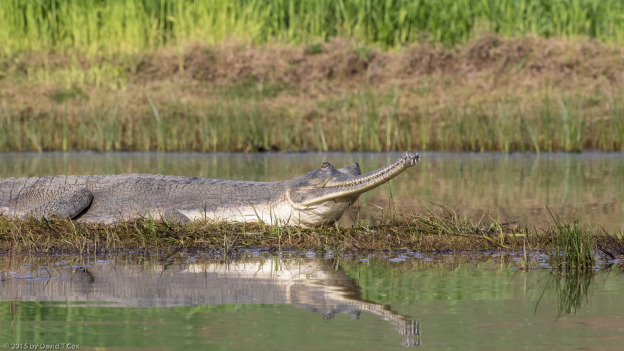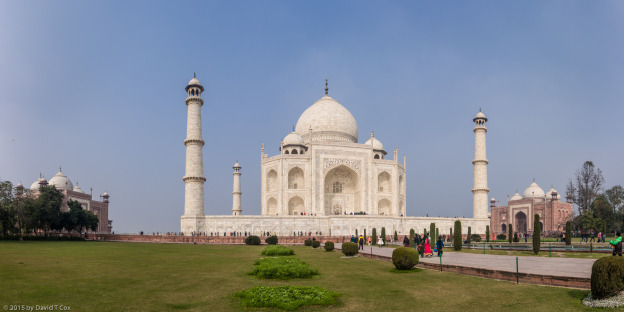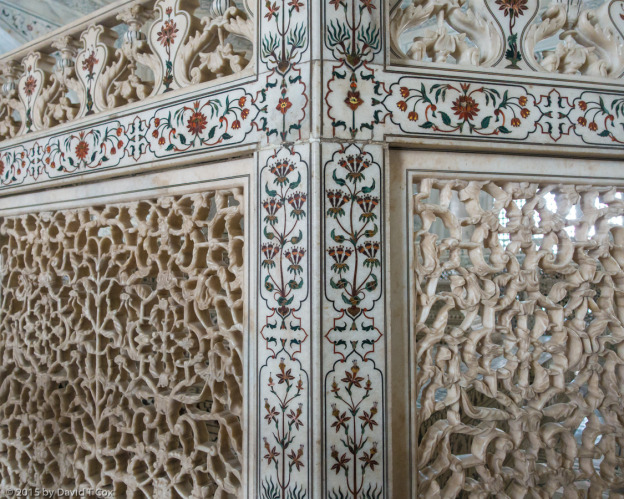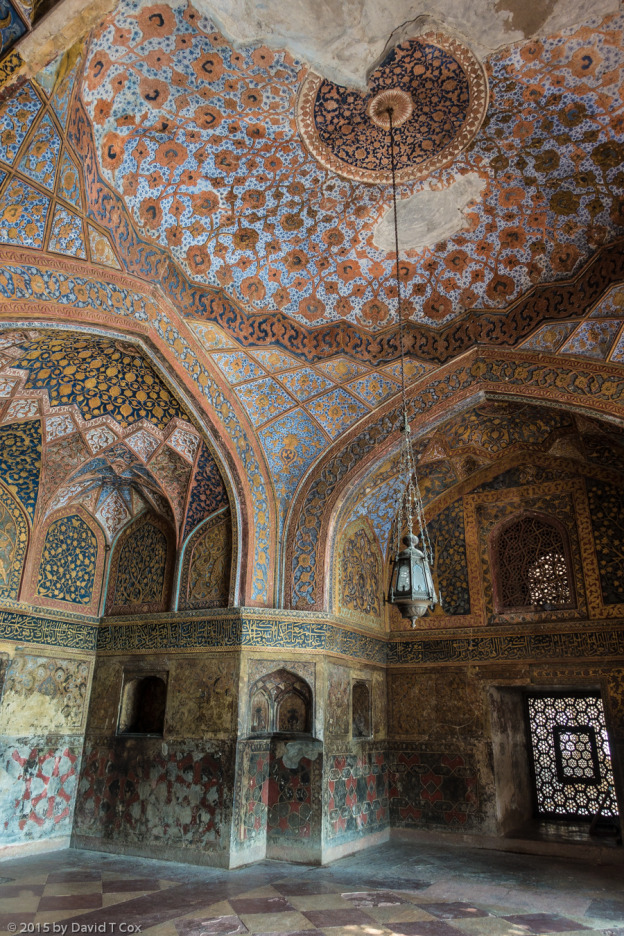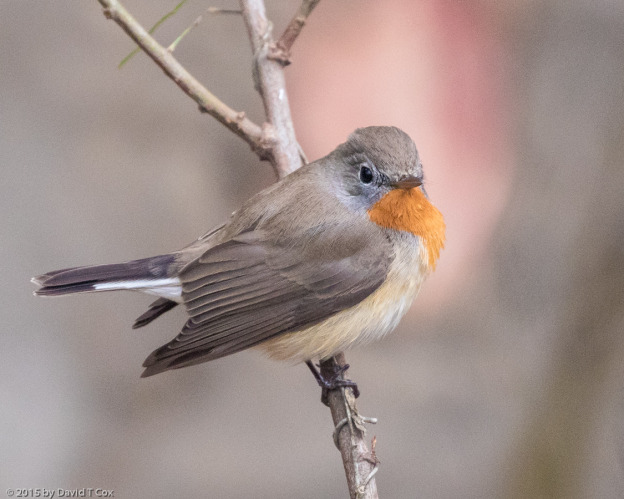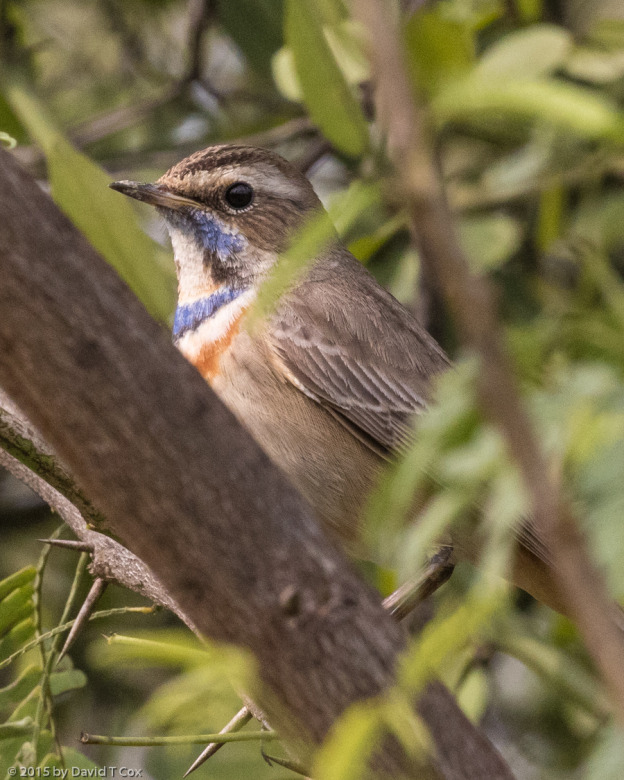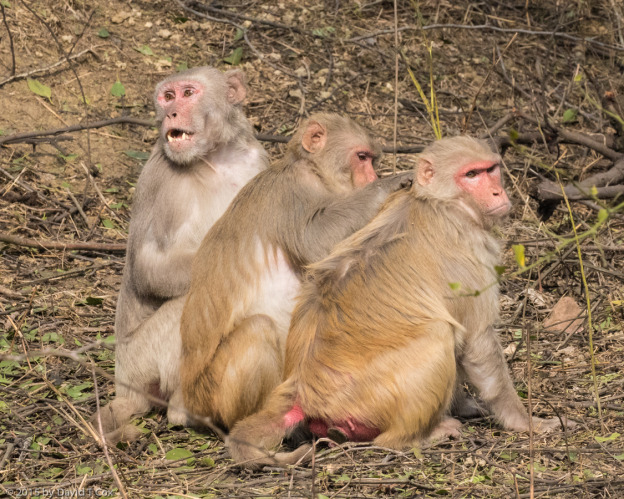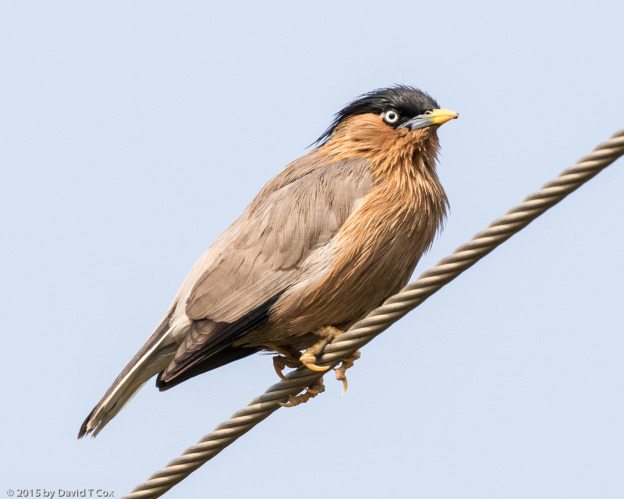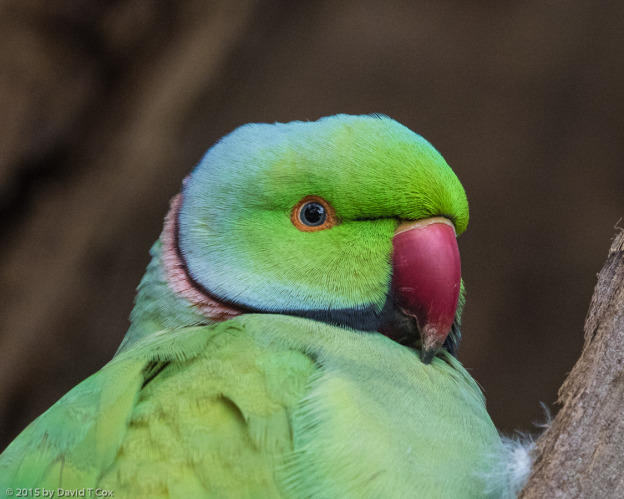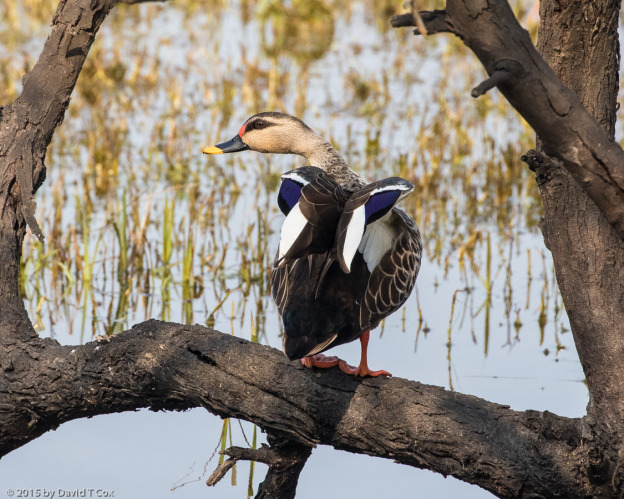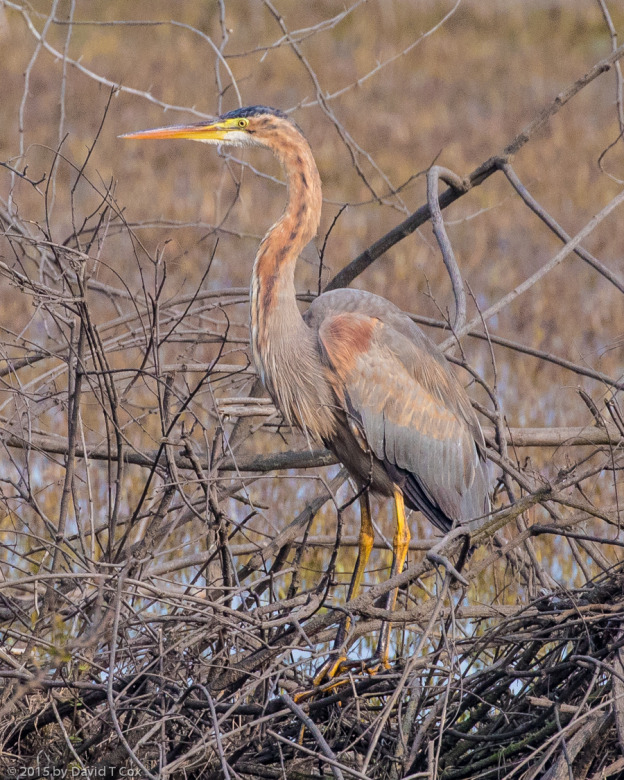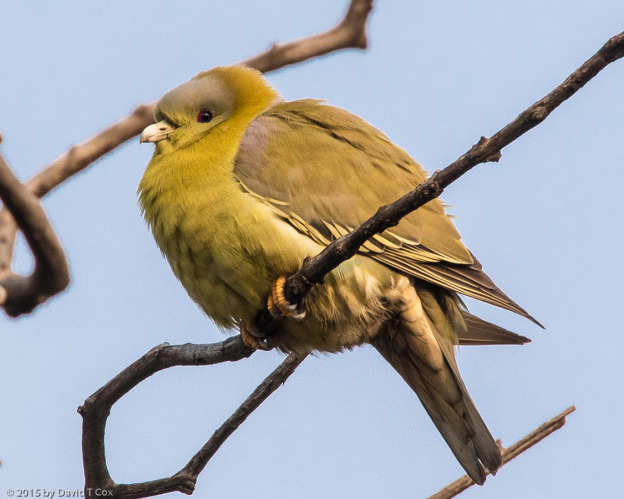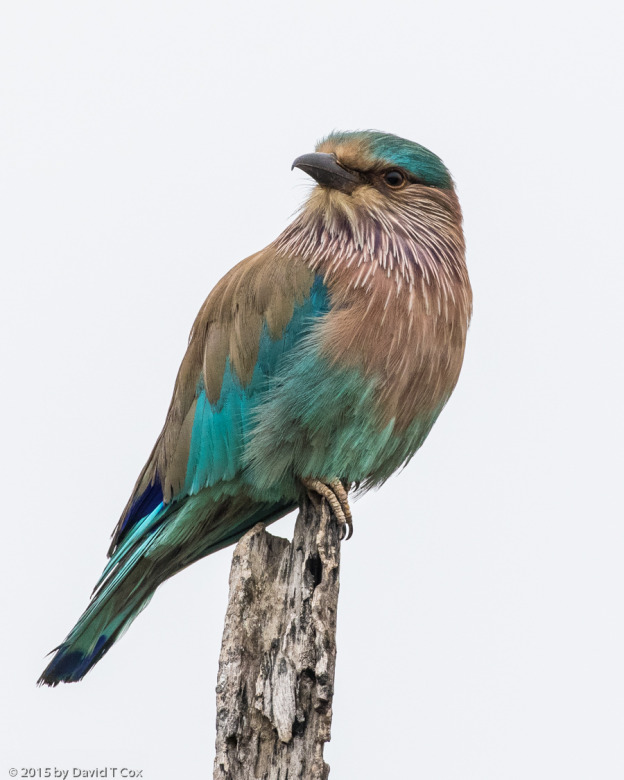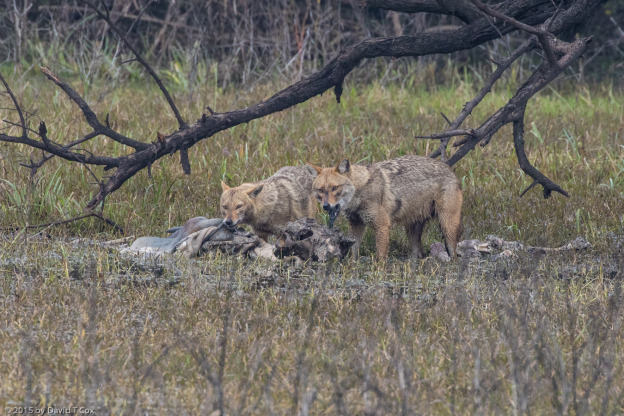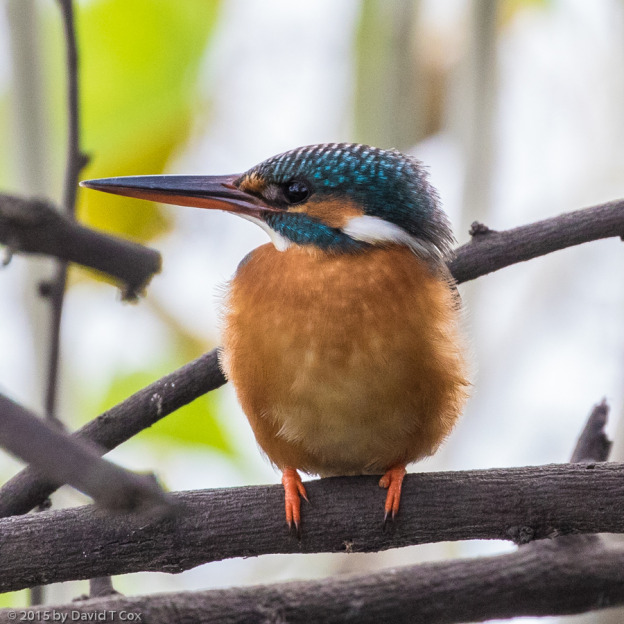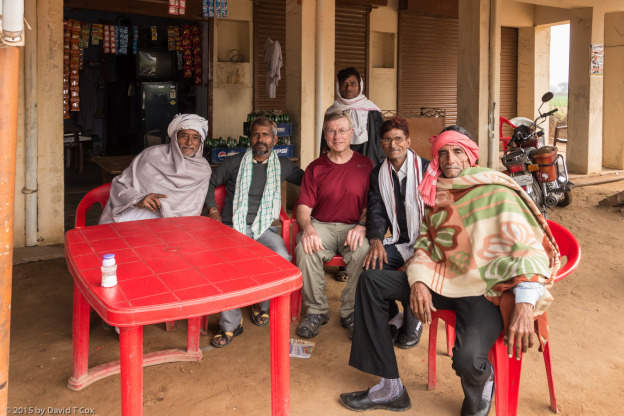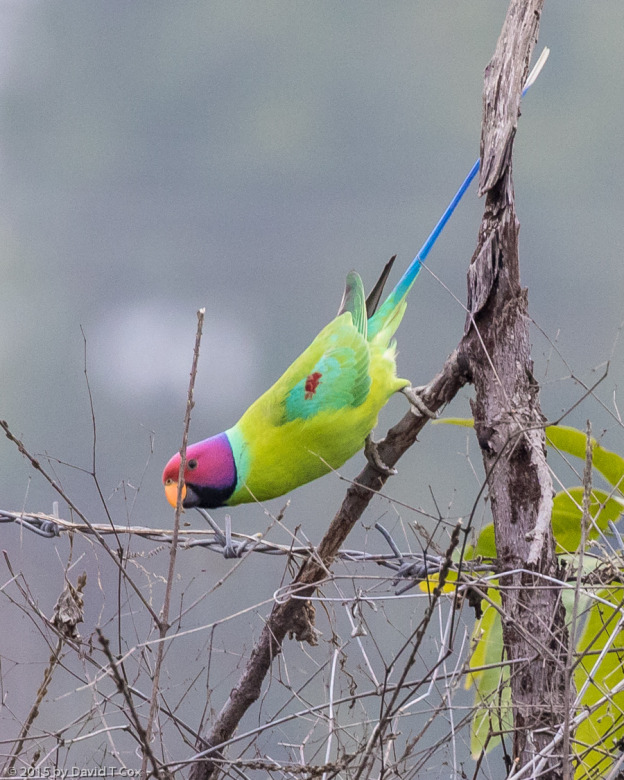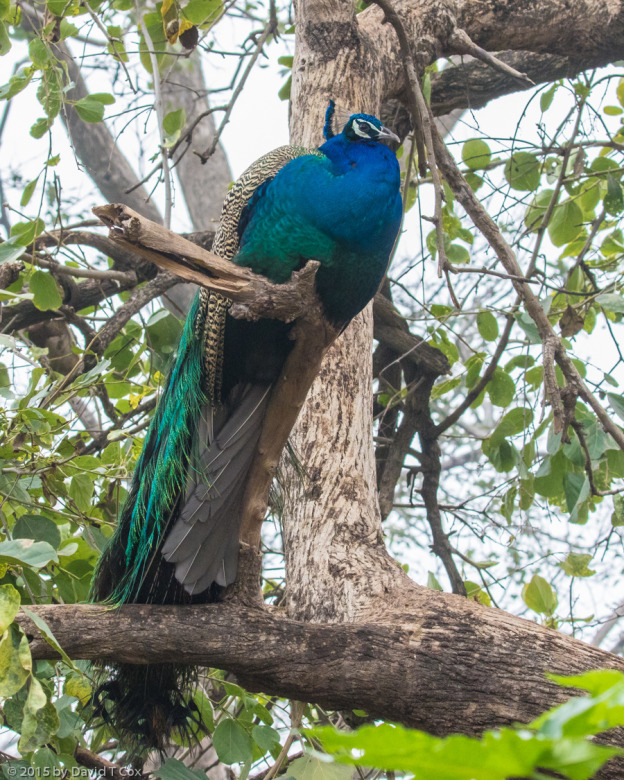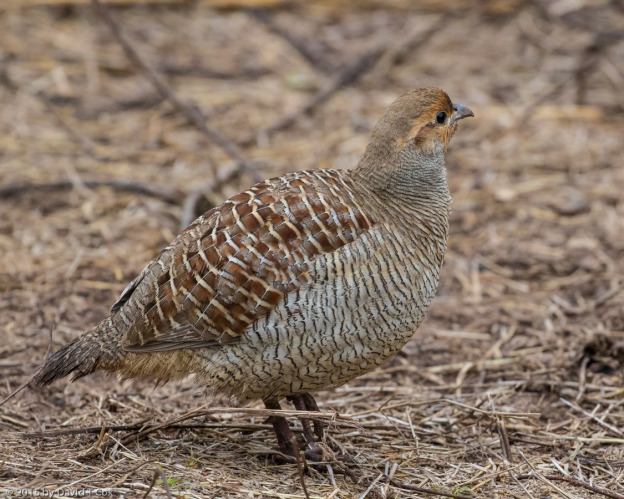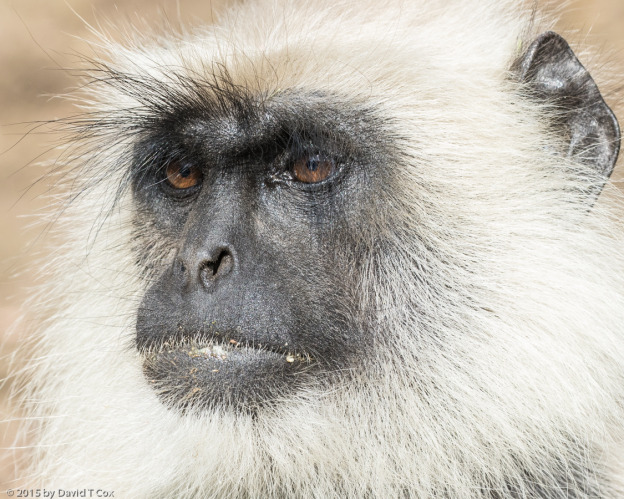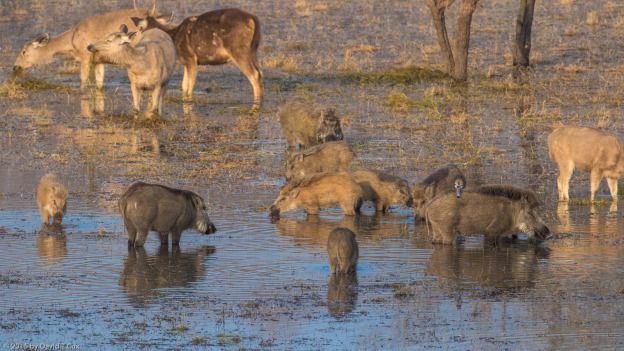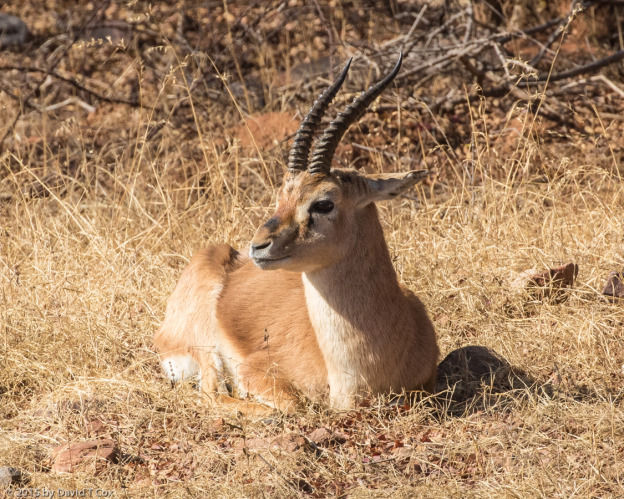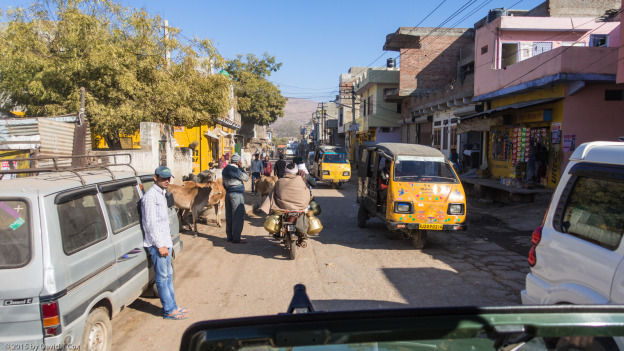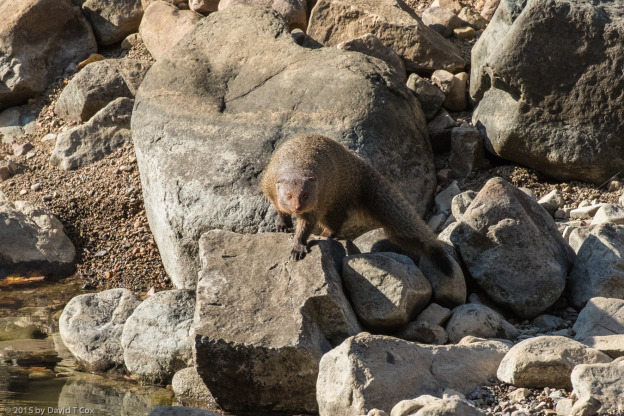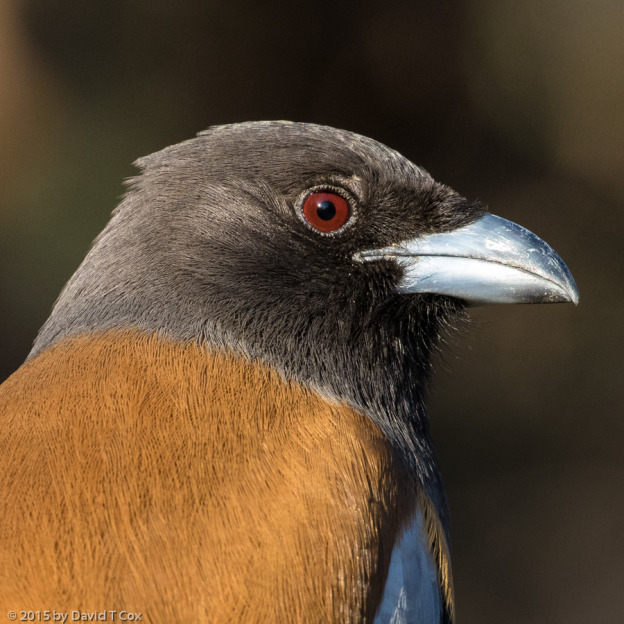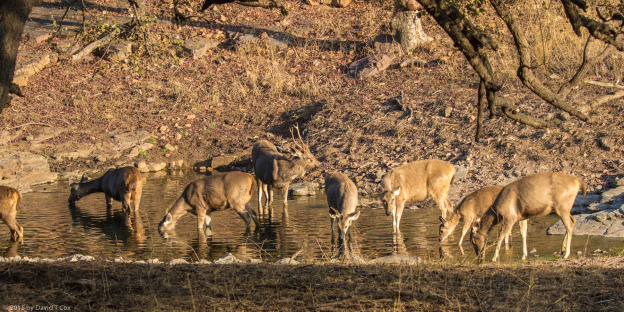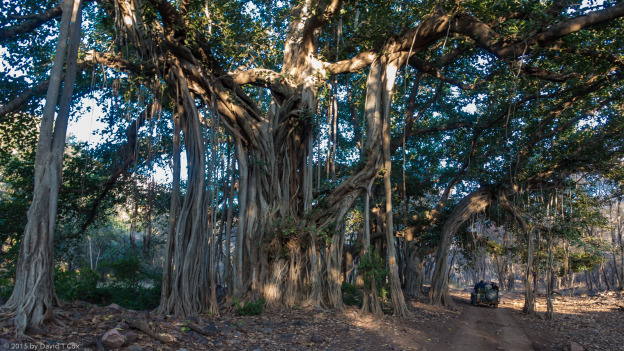All Photos Are Below the Travelogue Text
Click on Any Photo To Open Slide Show
To print the travelogue, right click anywhere on the page. Choose "Print" from your browser dialog box. You can choose Save to PDF in the browser print window.
Share your thoughts.
Email Dave - coxdavid55@hotmail.com
Hello everyone. Again I have been many days without internet access, so am forced to file travelogues less often; more pictures per report for those who may look at the site just to glance at the pics.
I visited a number of sites in Agra, mostly Mughal tombs, but just one so overwhelms all others it demands exclusive prominence – that of course is the Taj Mahal, a World Heritage Site, and considered by many as exhibiting the most beautiful architecture in the modern world, often said to be the 8th wonder of the world after the original 7 of the ancient Greeks. It is, as you know, the tomb of the favorite wife, Mumtaz Mahal, of Shah Jahan, the fourth of the 5 great Mughals who ruled much of India during the 16th and 17th centuries. Shah Jahan was later overthrown by his own son, Aurangzeb, and incarcerated for the rest of his life in the Red Fort of Agra, and later buried beside Mumtaz in the Taj.
The building is instantly recognizable by all, but the intricacy of the white marble inlays of Koranic verses on the front and precious stone throughout, together with the carved curtains throughout the interior, simply defies belief that such effort could be expended. Though it is very large, unlike the pyramids it does not awe with size, but with an apparently perfect form at distance and intricacy close-up, both coupled with the large scale. I have included 2 pictures, one just a classic view, though it is one of my combination photos which will print to a very large size for a possible wall hanging – it shows the Taj during the very brief 40 minute period in mid-afternoon when the fog just cleared sufficiently for the sun to briefly brighten the view. The second shows a section of the interior carved curtained marble walls, inlaid with semi-precious stones, which surround the cenotaphs themselves.
From Agra I traveled by private car and driver to Bharatpur, a small town alongside the world famous World Heritage site of Keoladeo National Park, the best known and best of bird parks in India. It was once flood plain owned by the Maharaja of Bharatpur who built a dam and annually flooded the area in the mid 18th century. This created lakes and marshes which for over two centuries attracted over 350 species of birds, many migratory from the northern tundra and parts of China and Russia. I was able to locate and hire a couple of different expert bird guides, and spent 2 full days within the park by foot and bicycle rickshaw exploring the 12 kilometers of road and trails. I especially enjoyed the Yellow-footed Green Pigeon flocks, and the brilliantly colored Spot-billed Ducks, as well as the large numbers of mammals including Sambar (aka Swamp Deer), Spotted Deer (aka Cheetal), Nilghai (aka Blue Bull), wild boar, Jungle Cat (aka Swamp Cat) and Indian Jackals (these jackals are much larger than those in Africa and very much resemble Timber Wolves – see picture) (Sorry for all the aka’s, but for those interested, many of the Indian animals and birds have gone by multiple names in the recent past, and may be known by many under only one of the many names).
From Bharatpur I traveled to Ranthambore National Park, which lies within another previous Maharaja’s private lands, and covers hundreds of square kilometers of heavily jungled and mountainess countryside. It is one of the best known and most successful of India’s efforts to save the tiger; the park has doubled the number of resident tigers to almost 50, and some of its tigers have been relocated to other parks where the species went extinct through mostly habitat loss and poaching for illegal trade to China (where it should be noted all rhino horn and most elephant tusks also illegally go, threatening 2 of the 3 species survival).
Unfortunately, the hotel booked for me by the agency again did not meet minimal expectations. It was an attempt to copy the great tent safari camps of Africa, with included bathroom; however, tents with openings with broken and non-functioning zippers, with no heat during very cold weather, and mostly with only 10 liter hot water heaters, which are rated to just fill the plastic buckets provided in the bath area so one may use a cup to douse oneself with warm water in an effort to bathe, was not my idea of a pleasant 4 day stay. I did not bathe for 3 days, as the weather remained foggy and very cold – on the 4th day sunshine minimally heated the tent, and by ordering delivery to my tent of a second plastic bucket of hot water, a bath was accomplished.
The park itself is an impressive area of dry jungle covering steep hilltops and large valley floors, with several small rivers and seepages providing year-round water. It is filled with two types of antelope and two types of deer, both common to India, the Indian Gazelle (Chinkara), the Nilghai (Blue Bull), the Spotted Deer (Cheetal) and the large Sambar (Swamp Deer). These all exist in large numbers which, along with the habitat, supports the population of almost 50 tigers and about 90 leopards. Unfortunately, sightings of the big cats is exceedingly rare, as both are nocturnal and all safaris into the park are daytime. The Park is so popular with tourists now, including huge numbers of Indians, that the government, which controls all ingress and egress, allows only a limited number of ranger led jeeps and trucks into 10 different zones which are somewhat allocated randomly. The experience is cheapened by the sheer number of jeeps and trucks always converging on the same spots, the loud discussions between the jeep rangers and drivers, and the constant feeling that all other wildlife is just to be briefly glanced at while the rangers try to show their prowess at looking for tiger tracks and discussing the most recent sightings (always the spot where the jeeps converge for the next 2 days, as if being close to where someone recently saw a big cat will somehow make our experience richer). Pretty much daily there would be a report of a tiger sighting; even if true, with some 80 jeeps and a similar number of trucks permitted inside the Park each morning, and again each evening, I figure the odds of being in a group to spot a tiger is somewhere in the range of 1 or 2 in 100.
I was going to visit the famous and huge Ranthambore Fort, perched on top a huge mountain inside the park, but learned locally that within just over an hour’s drive of Ranthambore was one of the Chambal River Gharial Sanctuary areas. Gharials, aka Gavials, are very large fish eating crocodiles (as large as Nile Crocodiles), recognizable by their very long narrow snouts. At the top end of the male’s snout lies a huge bulbous knob. There are fewer than 250 Gharials in the wild remaining in the world today – this definitely puts them in the critically endangered category, and likely to go extinct in the near future. I hired a private diesel jeep and driver for the short but difficult ride to the river. Along the river are no towns, and just 2 very small tent camps, though no one was staying there. I had my hotel call to pre-arrange a boatman and guide at the river. We took an hour and half ride around the junction of two other rivers into the Chambal River, which is the only river in India with remaining Gharials (the other lies in Nepal). The local population counts just 26, including young – I was able to photograph 13, including one of the 2 large males. It was sobering to then realize that within a 40 minute period I had witnessed and recorded over 5% of the entire population of Gharials remaining in the world. I saw no evidence that other tourists visit often – it is not advertised, and is certainly not easy to get to. We also saw a number of Muggers, large crocodiles while more closely resemble the Saltwater Crocs of Asia, but with much broader snouts (which somewhat resemble American Aligators); the Muggers are infamous for filling the rivers of India 100 years ago, and killing a great deal of livestock and occasional humans.
I have somewhat re-arranged the next portion of my trip. I was to travel to Udaipur after Ranthambore, but after looking at the extremely long drive times each way, I cancelled the Udaipur leg, and arrived in Jaipur 2 days early. From here I have added a new small National Park, Sariska, to my itinerary. I will report on these in the next installment.
Indian food remains excellent – definitely better generally here than what is served in the hundreds of Indian restaurants that now fill most cities in the US. I have pretty much settled on drinking Kingfisher lager beer (what is here labeled “heavy” beer is somewhat akin to an overly sweet malty light stout, and not good to my tastes). As the hotels charge exhorbitant prices for beer, I am in the habit of having my driver pick up the beer and keep it in a cooler in the back of the car so I can pop a couple of cold bottles each evening.
Till later, Dave
To print the travelogue, right click anywhere on the page. Choose "Print" from your browser dialog box. You can choose Save to PDF in the browser print window.
Share your thoughts.
Email Dave - coxdavid55@hotmail.com
